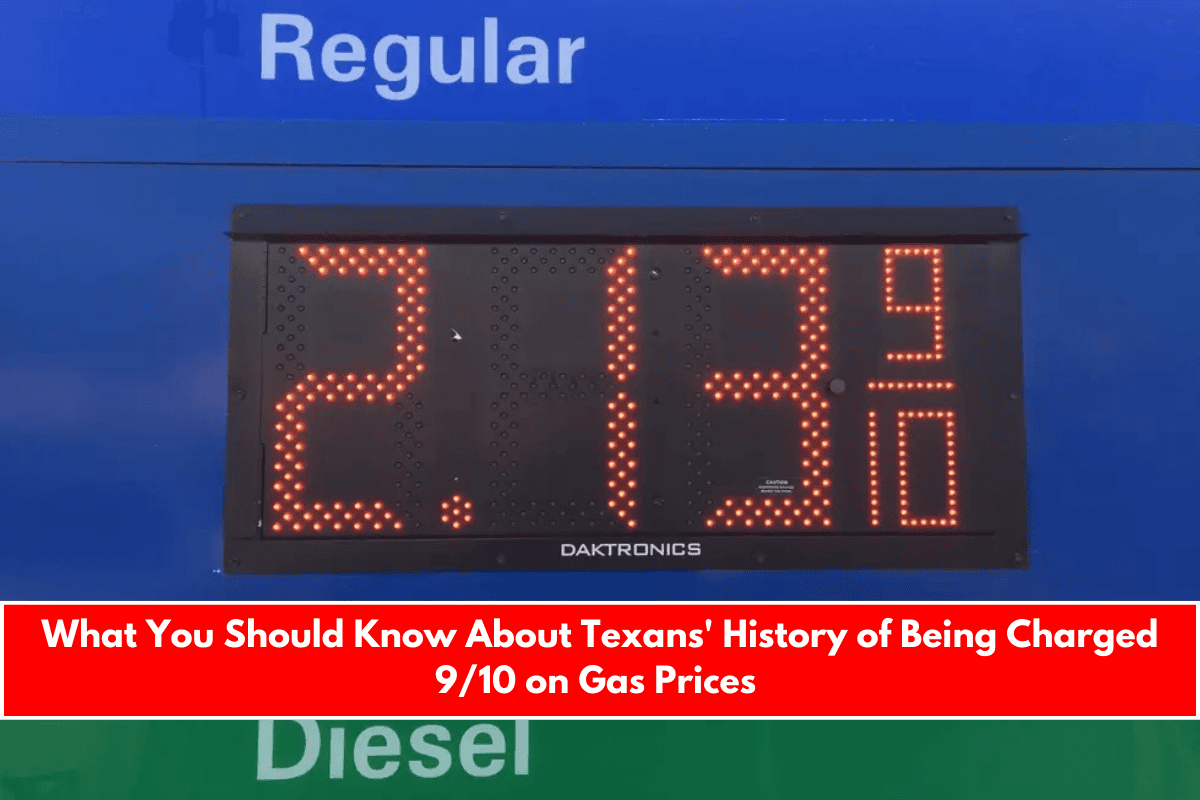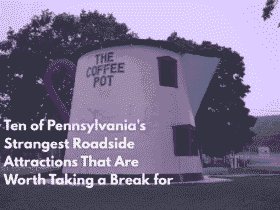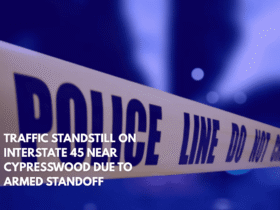Have you ever noticed that the price of petrol — or gasoline, as it’s called in the US — almost always ends with .9? Whether it’s on a roadside LED sign or displayed on the pump, it’s usually something like $2.49 9/10 per gallon, not just $2.49 or $2.50. That 9/10 of a cent might seem strange, but there’s actually a historical reason behind it.
Where Did the 9/10 Pricing Come From?
This pricing practice goes all the way back to the 1930s, during the time of the Great Depression. Back then, cars were becoming more common, and fuel prices were very low — only a few cents per gallon.
To raise money for building roads and other infrastructure, the U.S. government introduced a small federal tax on fuel. Since fuel was so cheap at the time, this tax was added in fractions of a cent, rather than rounding up to a whole penny.
What started as a temporary tax turned into a permanent part of gas pricing. Over time, oil companies and gas station owners began passing this tiny cost directly to customers, and eventually, the 9/10 fraction became a standard part of fuel prices.
Why Not Just Round It Off?
At one point, different stations used different fractions like 4/10, 7/10, or 8/10. But today, nearly all petrol stations use 9/10 of a cent, and it’s more of an industry habit than a necessity. While it may seem like a small detail, it actually has financial and psychological benefits for fuel retailers.
It Helps Boost Profits — Even If It’s Just Cents
You might think that 0.9 cents per gallon doesn’t make a difference. But when petrol stations sell thousands of gallons every day, that small fraction adds up quickly.
For example, if a petrol station sells 100,000 gallons of fuel in one month, the extra 0.9 cents per gallon would result in about $900 more in revenue — all from that tiny fraction most people ignore.
It’s Also a Psychological Trick
This pricing method also plays on human psychology. Seeing a fuel price like $2.49 9/10 feels cheaper than $2.50, even though it’s less than a penny different. This is known as “psychological pricing,” and it’s used in retail everywhere — like pricing something at ₹99 instead of ₹100.
Because customers focus on the first number they see, $2.49 seems like a better deal than $2.50, even though it’s just a small difference.
Does the 9/10 Really Make a Difference to You?
Honestly, not much. If you fill up a 20-gallon tank, that extra 0.9 cent adds up to around 18 cents for the whole tank. In the context of today’s high fuel prices, it’s almost nothing. But for gas stations selling in bulk, it adds up to hundreds or even thousands of dollars a month.
So while it may not hurt your wallet too much, it’s still helping businesses increase their profits — quietly.











Leave a Reply